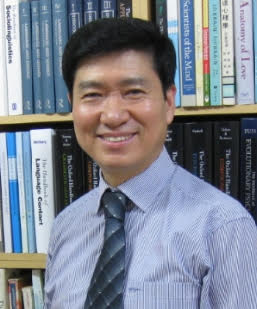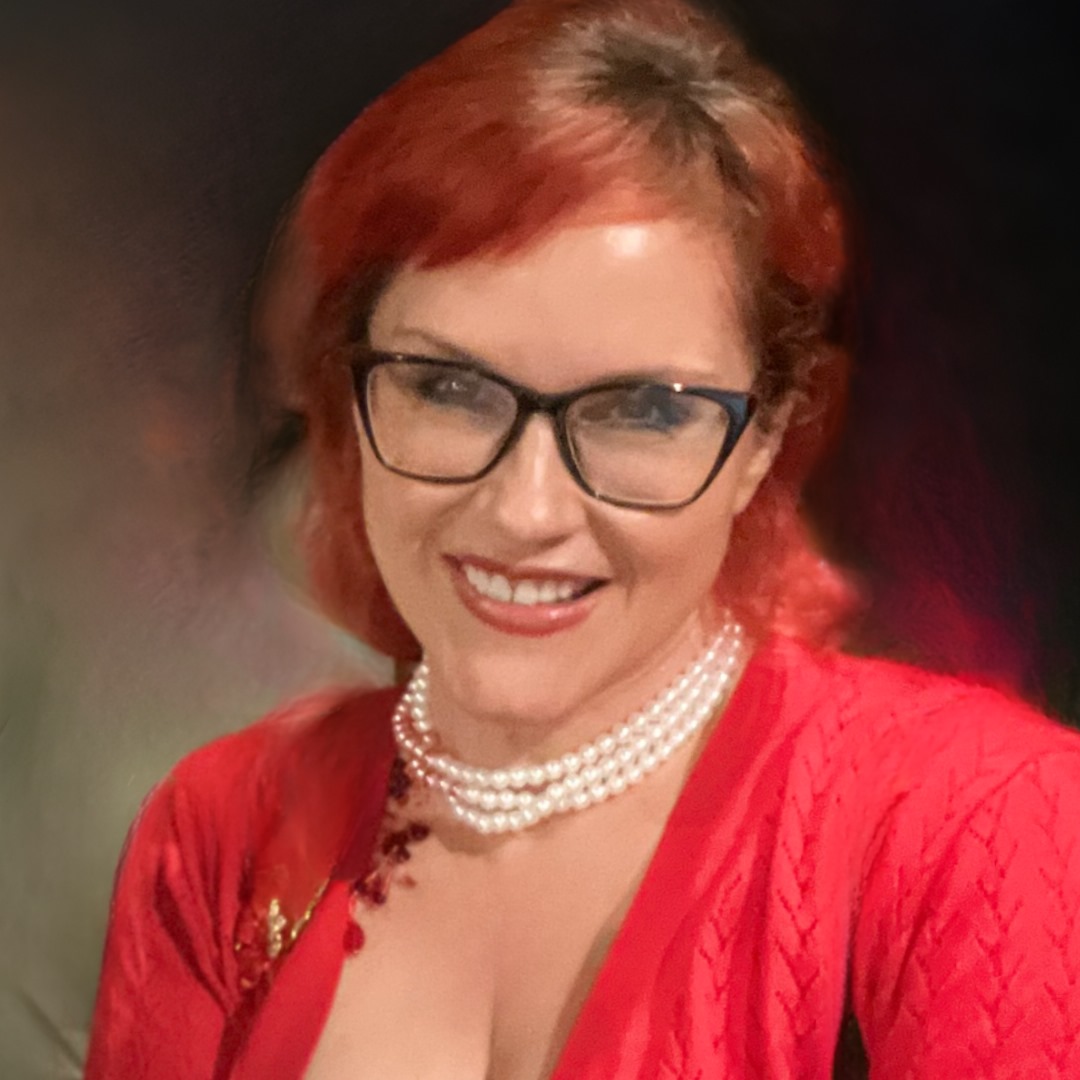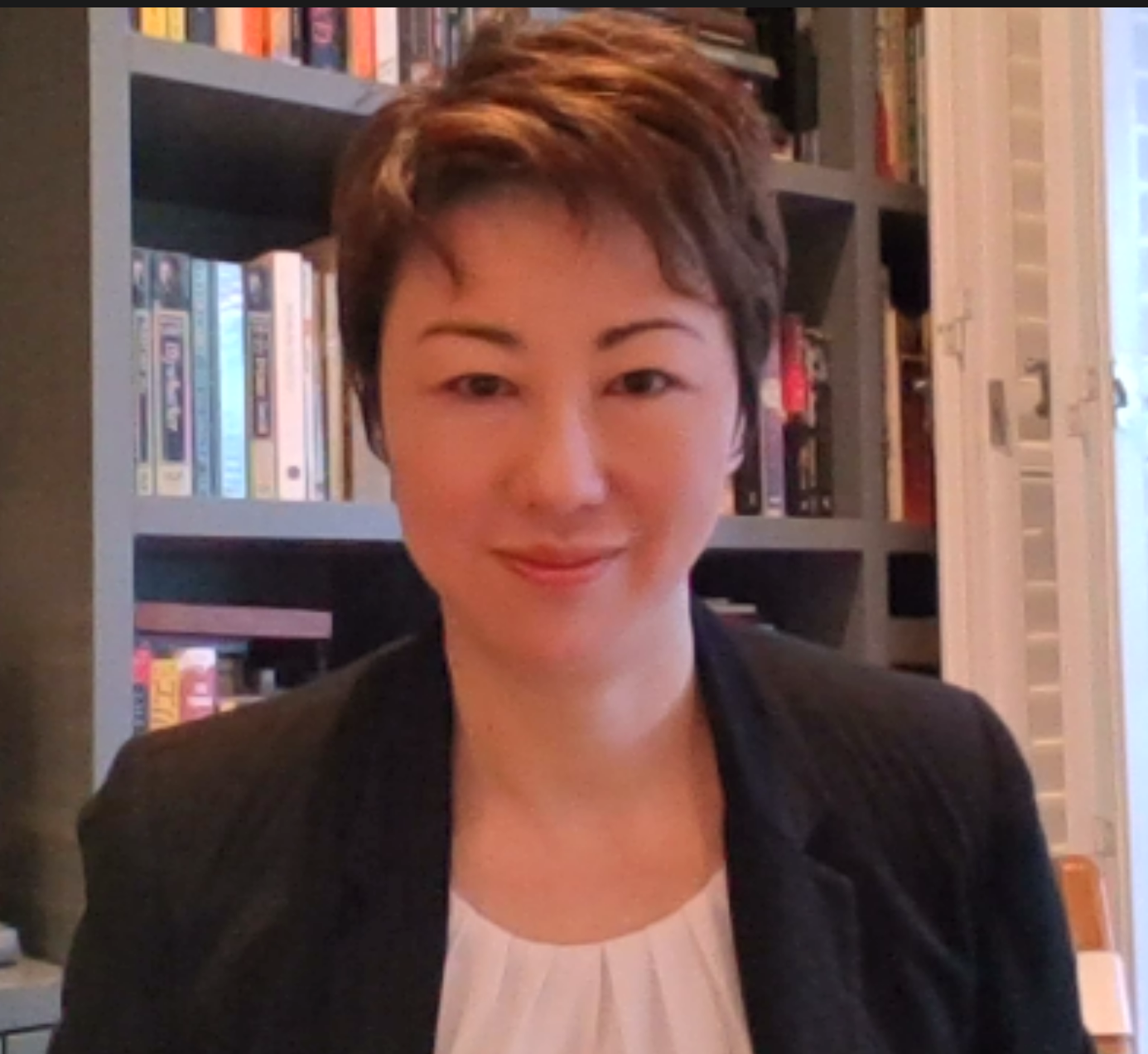MICOLLAC 2025 Conference Workshops
![]() In addition to our parallel sessions, MICOLLAC 2025 also offers exclusive workshops conducted by distinguished international scholars.
In addition to our parallel sessions, MICOLLAC 2025 also offers exclusive workshops conducted by distinguished international scholars.
![]() 🕒 The exact time slots for these workshops will be announced in the final conference schedule.
🕒 The exact time slots for these workshops will be announced in the final conference schedule.

Hankuk University of Foreign Studies, Korea
Workshop 1
“Polar Asymmetry in Language and Cognition”
Abstract
Despite wide variations in language, conceptual constants and universals persist. Among these are the spatial notions of Front and Back as basic principles of human conceptualization. However, these notions develop into a range of different, yet related, designations across diverse ontological categories (Heine et al., 1991). Spatial relationships often take the form of polar opposition, such as Front vs. Back, Top vs. Bottom, Inside vs. Outside, Source vs. Goal, etc. Despite their seemingly equal salience, the use of lexemes encoding polar concepts is not symmetrical in linguistic manifestations, suggesting asymmetry in human cognition. Some early research by Andersen (1978), Heine (1997), and others has already noted the presence of such asymmetries in language, while recently a body of research has focused on Goal-over-Source asymmetry. This workshop addresses the asymmetry of the Front-Back axis in Thai and Korean, drawing upon the data from diverse sources, and reports that there exists the Front-over-Back (FOB) asymmetry in these two typologically different languages. In particular, it shows that the FOB asymmetry involves different degrees of conceptual granularity and, more prominently, pragmatic salience of the two polar spatial concepts. In other words, language users generally think and talk about Front than Back more frequently, and use Front to encode non-spatial concepts more productively than Back. Further, from a contrastive linguistic perspective, it shows that Thai and Korean resort to fundamentally distinct lexicalization strategies, upholding similar findings in extant comparative research. This illustrative analysis of one pair of spatial opposites in two languages will guide the researchers into an intriguing world of asymmetry in language and cognition and help find research topics of their interest in the language(s) of their choice.

Chiang Mai University, Thailand
Workshop 2
“Speculative Storytelling for the Anthropocene: A Conjunctural Futures Workshop”
Abstract
This interactive workshop by ecopolitical theorist and speculative storyteller Maya Kóvskaya adapts Anna Tsing’s Game of Global Futures to explore how ecological, technological, political, and social trajectories converge in the Anthropocene. Using a card-based storytelling game, participants draw factors such as climate tipping points, biodiversity loss, CRISPR, AI, surveillance capitalism, neofeudalism, or mutual aid networks, and link them into speculative narratives of world-making and world-breaking. Teams present their stories, vote on which conjunctures become canon, and continue the shared narrative across rounds, tracing how conjunctures unfold and reshape agency. The workshop blends play with rigor, inviting participants to practice conjunctural analysis, reflect on causality and agency, and mobilize speculative fiction as a method for grappling with the crises and possibilities of our planetary condition.

Macquarie University, Australia
Workshop 3
“The Futures of Literary Artivism?”
Abstract
Literature has often been created with particular agendas in mind, whether it be affirming and transmitting the bonds, beliefs, and social mores of a particular community, for instance, or turning these upside down with the intent of implementing change. Where change is the goal, writers and critics have been divided as to the efficacy of literary activism, or even whether it ought to be attempted at all. On one side stand writers and critics such as John Fowles, Harold Bloom, or Elaine Scarry who believe that the attempt to make art serve the purposes of politics produces poor aesthetic outcomes. Alternatively, there are those who agree with Orwell’s famous declaration in Why I Write (1946) that the “opinion that art should have nothing to do with politics is itself a political attitude”.
Where established writers have long called for reform using their stories and poetry, leveraging the public platform gained by their literary reputations, the rise of the digital age has seen emerging writers and artists using physical as well as digital spaces to engage in grassroots art activism – “artivism”. “Art” here is conceived in its broadest sense as “any mode, method, or platform to create and express who we are and how we see ourselves in the world”; a “transformative creative expression that provokes empathy and thought, represents internal thoughts and feelings, and is open to multiple interpretations and connections” (Monea et al., 2020). I use the term Literary Artivism to refer to literary scholarship as well as creative writing and multimedia texts that seek to foment specific change for particular communities in different spheres: political, social, environmental, linguistic, cultural, genders and sexualities, health and disabilities, and many more besides.
Asia-Pacific writers and artists lead the way in artivism, with initiatives such as Filipina poet Marjorie Evasco’s “Eco Literature Project on the Bohol Sea” where writers worked alongside Bohol fisherfolk in responding to coastal and marine challenges through storytelling in their own Visayan language; Komunitas Taboo’s “creative kampung” project in the Dago area of Bandung; West Timor poet Dicky Senda’s Lakoat.Kujawas initiative to preserve Mollo cultural identity through storytelling; or the many Australian First Nations writers and poets committed to various artivist projects.
This seminar/workshop seeks to explore literary artivism by inviting participants to share examples they are familiar with, and by discussing questions such as: Should literature be used to promote agendas or does it then become propaganda and “bad art”? Is literary artivism effective? What kinds of literary artivism truly have discernible and quantifiable impacts? Is the impact always positive? What kinds of artivism would we (not) like to see in the future? What role can literary artivism play in education, and vice versa? Holm and Tilley (2023) have argued that artists influence the world through six artivist mechanisms: Documentation, Disruption, Recognition, Participation, Imagination, and Beauty. What is the role of the scholar in this process?
